Under the Americans with Disabilities Act (ADA) and Section 504 of the Rehabilitation Act of 1973, a person with a disability is defined as any person who has a physical or mental impairment that substantially limits a major life activity.
Students who self-identify and provide sufficient documentation of a qualifying disability are entitled to receive reasonable accommodations, such as modifications of programs, academic adjustments, or auxiliary aides as a means to participate in programs and activities.
THE ROLE OF THE ACCESSIBLE EDUCTIONAL SERVICES COORDINATOR (AESC):
- To review the student's documentation to determine reasonable accommodations.
- To write memos and otherwise facilitate communication with professors on behalf of students who have given the AESC authorization for academic accommodations.
- To act as an advocate for students with disabilities.
THE ROLE OF THE FACULTY:
- To implement a student's accommodations as outlined in the memo from the AESC.
- To contact the AESC if the accommodations require clarification, or if the professor has any concerns about the student's progress.
- To maintain a student's confidentiality.
THE ROLE OF THE STUDENT:
- To be responsible for self-identifying and meeting with the appropriate administrator to discuss needed accommodations.
- To provide current and complete documentation to the AESC.
- To authorize the AESC to write memos documenting and disclosing the disability to faculty who need to be informed in order to provide accommodation.
- To meet with professors to discuss approved accommodations and share the memo from the AESC.
- To meet with the AESC at the beginning of each semester to request accommodations.
- To follow federal policies.
Faculty FAQ
IF A STUDENT DISCLOSES A DISABILITY, BUT DOES NOT HAVE A MEMO FROM THE ASC, WHAT STEPS SHOULD THE INSTRUCTOR TAKE?
Ask if the student has met with the AESC. If they have, refer the student back to the AESC to check on the status of their memo. If not, refer the student to the AESC to begin the process. The instructor is not obligated to implement accommodations if the student has not registered and followed policies and procedures.
WHAT KINDS OF ACCOMMODATIONS MAY BE PROVIDED?
Accommodations are determined on a case-by-case basis after reviewing documentation from a medical professional. Some commonly used accommodations include the following:
- Alternate format materials
- Assistive technology
- Extended time and/or computer use for examinations
- Note-taking services
- Readers for students with visual impairments
- Scribes for examinations
WHO DETERMINES THE REASONABLE ACCOMMODATION?
The AESC determines accommodations based upon the medical documentation and the student's history of using accommodations in previous academic situations.
WHAT ABOUT TEMPORARY INJURIES?
Although students with temporary injuries are not covered under the ADA, the AESC acts as a resource. Please refer students to the AESC.
WHAT SHOULD AN INSTRUCTOR DO IF A PROBLEM ARISES WITH A STUDENT WHO HAS A DISABILITY?
Immediately notify the AESC to discuss the situation and determine solutions.


